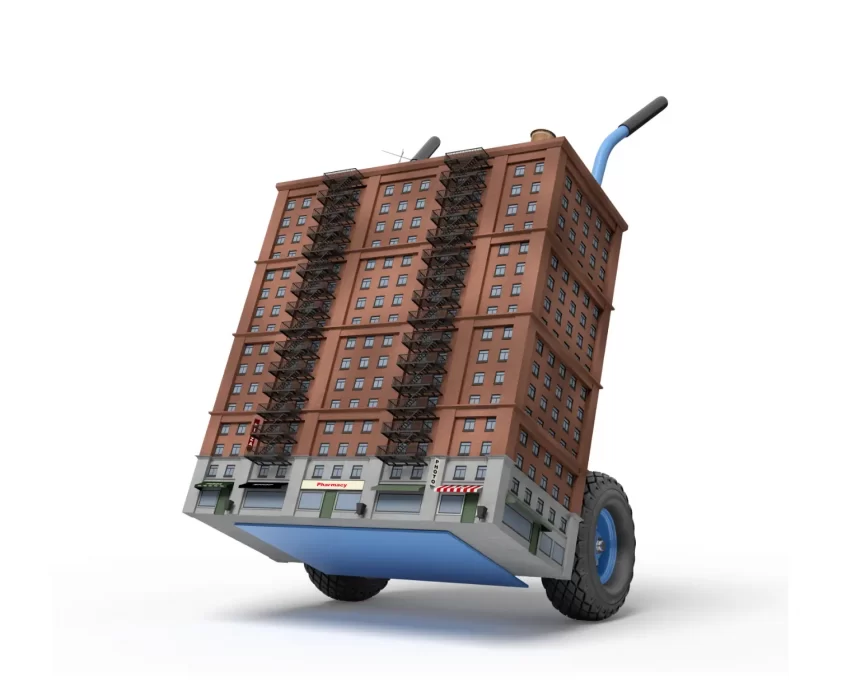
There’s no question that the office sector within commercial real estate (CRE) has experienced significant changes. Hybrid work and a shift to collaborative, employee-centric spaces have made older assets less desirable, placing 30% of commercial properties at risk of becoming obsolete. Proactive investors have taken steps to modernize these assets, though the lack of vibrancy in locations no longer considered relevant has limited their appeal.
Rest assured, this isn’t the doom and gloom scenario it appears to be.
Capturing an Opportunity
In partnership with forward-thinking municipalities, savvy investors are pouring capital into revitalizing these assets and communities–repurposing buildings to meet today’s needs. And they’re doing so with much success. As of Spring 2022, the American Institute of Architects (AIA) noted that more than 50% of architecture firm billings came from renovation work, not new construction–a substantial increase from previous years.
While various types of adaptive reuse projects are occurring nationwide, the most popular for office space has been the conversion to multi-family residential. According to the National Apartment Association, 32,000 apartment conversions have occurred throughout the U.S. since 2020, with 40% of every converted apartment home occurring within vacated office buildings. With more than 4.3 million apartments needed by 2035 to address demand, deficit, and affordability, growing incentives to convert vacated office space into residential units are not that surprising.
In Chicago’s financial district, 5.0 million square feet of commercial space remains vacant. Their newly launched LaSalle Street Initiative is a bold response plan aimed at revitalizing the area by converting many of these spaces into housing and neighborhood-serving retail—creating community through a live, work, play model. Other cities, such as Philadelphia, Washington, D.C., New York, Cleveland and Los Angeles, have followed suit, offering initiatives designed to increase the housing supply and spark economic development.
Bold Moves
While some may wonder if office space conversions will negatively impact the CRE industry, I have witnessed first-hand the overwhelmingly positive impact it has had on CRE (and the community at large) in downtown Dallas. The population has increased from just a few hundred in the 1990s to nearly 15,000 today. Noteworthy restaurants, museums, and attractions have made their way into the area. Best of all, with individuals ages 25-34 serving as downtown’s largest demographic, the talent pool is ripe—serving as a real draw for businesses.
It’s important to note that while multi-family housing may be ideal in certain metropolitan areas, it isn’t necessarily the answer for every asset or location.
Event spaces, for example, are proving to be just as valuable. These venues serve as a destination for personal and professional growth—hosting business conferences, music performances, art galleries, and more. In a world where experiences reign supreme, this substantially amplifies a region’s charm. Additional examples of successful conversions include e-commerce warehouses, self-storage units, medical facilities, educational facilities, and senior living residences—determined through an extensive analysis of local demographics, economic patterns, and market conditions.
Weighing the Pros and Cons
While environmental sustainability and economic regeneration may be top of mind when considering the benefits of adaptive reuse, numerous challenges exist. Structural systems are often arduous to bring up to code, and the implications to people or businesses attached to the asset can be difficult to navigate. However, during this season of economic uncertainty, where the cost of capital is high and construction prices continue to increase, the benefits of transforming an existing structure, combined with the right incentives to do so, carry a greater chance of outweighing most challenges.
Between adaptive reuse projects, new developments, and the demand for office space rising, it is truly an exciting time to be in CRE.
